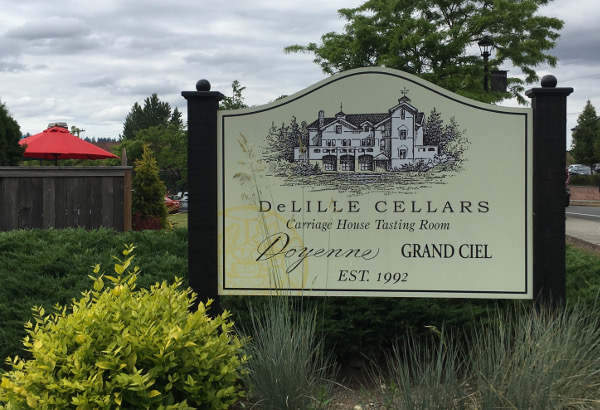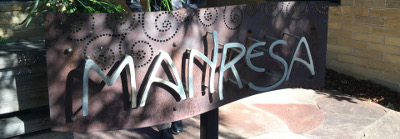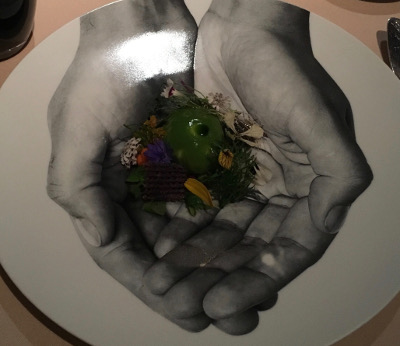
Companies, GE being the most notable one, tried to raise the employee bar continuously. They prune the bottom 10% of the employee pool and replace them with better new hires. This should roughly raise the average by about 5% with each iteration. If talents are the most important factor in productivity, this practice will steadily make the company more competitive and eventually becomes the leader in whatever arena it participates.
It simply does not work.
The labor market is efficient enough that talents are subject to the market influence. If the company does not pay better, its new recruits will conform to the general distribution. Else it will simply lose 10% of the employees without replacements. Put differently, without a compensation policy as the foundation, the “prune and replace” practice will yield no productivity improvements.
Secondly, some talents are not subject to general statistics. The CEO, for example, cannot really be replaced with someone 10% better each year, and the same for most leadership positions. If the practice does not work for the most critical talent pools. What’s the point?
Lastly, company-level performance is much less to do with employee individual productivity than decision making processes, culture, or infrastructure investment. A man cannot out-dig a backhoe, nor can he improve manual trench digging by 10% continuously. Companies are better advised to achieve success with leadership training.
Most companies compete with others. That’s the iron guarantee that there is no certainty to winning. Employee performance management and recruiting effectiveness are part of it. Compensation policy is also a critical element. “Prune and replace” is flawed in logic and proven to be not working.


 To assist digestion and reduce blood alcohol level, we picked a short loop from
To assist digestion and reduce blood alcohol level, we picked a short loop from  The general idea for touring Woodinville is to “park and winery hop” on foot. We saw concert goers, wedding parties, and many simply treating tasting room as wine bars. DeLille, for example, gave 1 oz pours of 7 wines and charged $25 tasting fees. Since a standard glass of wine is 5 oz. It’s about the same as buying a $90 bottle in a bar. It is a nice activity for a leisurely afternoon with friends or a companion.
The general idea for touring Woodinville is to “park and winery hop” on foot. We saw concert goers, wedding parties, and many simply treating tasting room as wine bars. DeLille, for example, gave 1 oz pours of 7 wines and charged $25 tasting fees. Since a standard glass of wine is 5 oz. It’s about the same as buying a $90 bottle in a bar. It is a nice activity for a leisurely afternoon with friends or a companion. Compared to Woodinville, Napa is serious. It is a destination instead of a spontaneous thought. You don’t go to Napa for a drink. You go to Napa! Woodinville, instead, is a light-hearted hang-out place for wine people. Remember a flight is about a full serving. Your judgment can be somewhat impaired afterward. That makes both places expensive if you like what you drank.
Compared to Woodinville, Napa is serious. It is a destination instead of a spontaneous thought. You don’t go to Napa for a drink. You go to Napa! Woodinville, instead, is a light-hearted hang-out place for wine people. Remember a flight is about a full serving. Your judgment can be somewhat impaired afterward. That makes both places expensive if you like what you drank.  It’s not every day I go to a Michelin 3-starred restaurant. On this lovely California evening, six of us arrived at the famed Los Gatos establishment, full of anticipation.
It’s not every day I go to a Michelin 3-starred restaurant. On this lovely California evening, six of us arrived at the famed Los Gatos establishment, full of anticipation.

 The dinner began with a trio appetizer: small square soft candy, a granola crisp, and a savory mandoline. It followed with a beautifully presented Asian mini taco-shaped bounty of flavor. Then a half tiny Artichoke heart, grilled, next to a caviar soup (dipping was encouraged, we, obviously, obliged.) The rest became a blur, with a memorable flatware that gave the impression that someone was offering you foods in their hands. There was a tiny piece of Salmon that simply melted in my mouth, an Abalone that reminded me the China days, duck with endive and perfumed with orange, and the savory bite-size lamb morsel. Each one came with a different beverage: white, beer, or red.
The dinner began with a trio appetizer: small square soft candy, a granola crisp, and a savory mandoline. It followed with a beautifully presented Asian mini taco-shaped bounty of flavor. Then a half tiny Artichoke heart, grilled, next to a caviar soup (dipping was encouraged, we, obviously, obliged.) The rest became a blur, with a memorable flatware that gave the impression that someone was offering you foods in their hands. There was a tiny piece of Salmon that simply melted in my mouth, an Abalone that reminded me the China days, duck with endive and perfumed with orange, and the savory bite-size lamb morsel. Each one came with a different beverage: white, beer, or red. Overall, it was a very delightful and enjoyable 4-hour dinner. The service was superb, foods extremely delicious, and ambience elegant and relaxing. Michelin 3-star, however, set the expectation that everything be delightful and flawless. It was not. We were mildly disappointed at the beverage pairing. Few drinks gave me a wow, this is good. The whites were on the sweet side, the beer was just strange, and the portions low. I expected complimentary coffee. It cost $13.
Overall, it was a very delightful and enjoyable 4-hour dinner. The service was superb, foods extremely delicious, and ambience elegant and relaxing. Michelin 3-star, however, set the expectation that everything be delightful and flawless. It was not. We were mildly disappointed at the beverage pairing. Few drinks gave me a wow, this is good. The whites were on the sweet side, the beer was just strange, and the portions low. I expected complimentary coffee. It cost $13.


